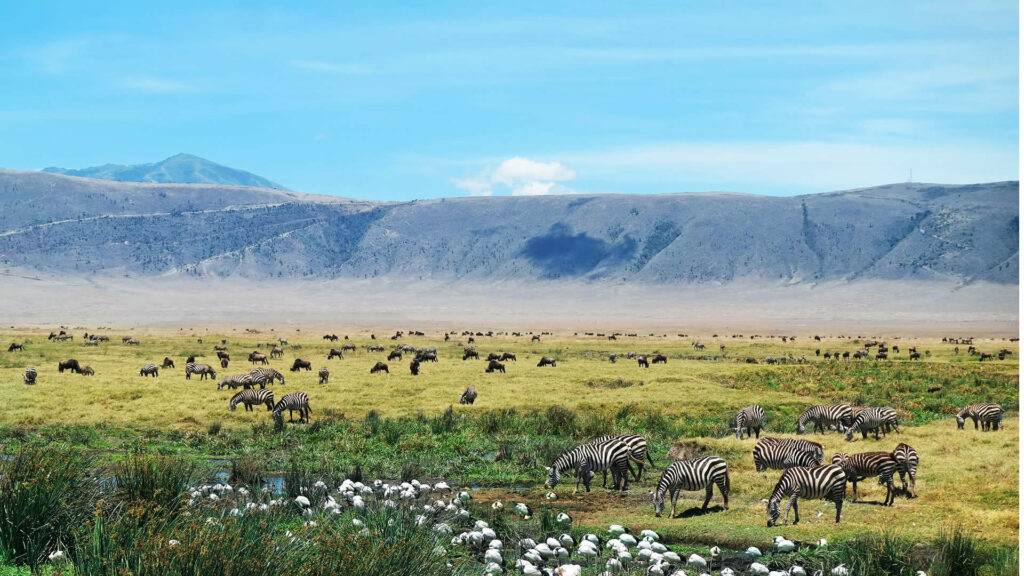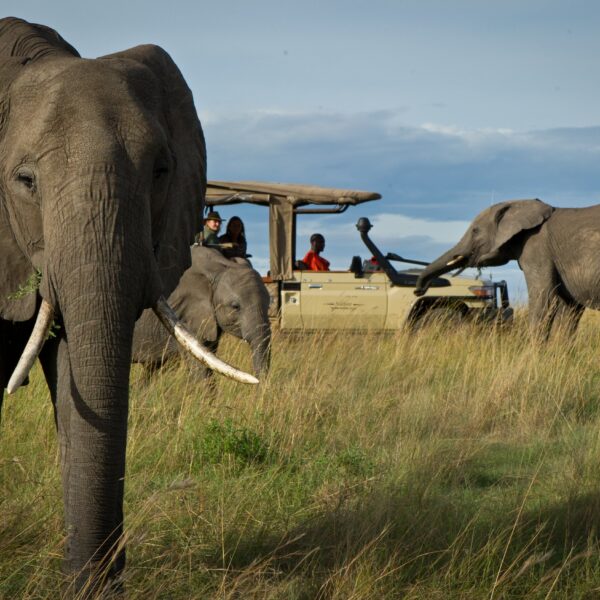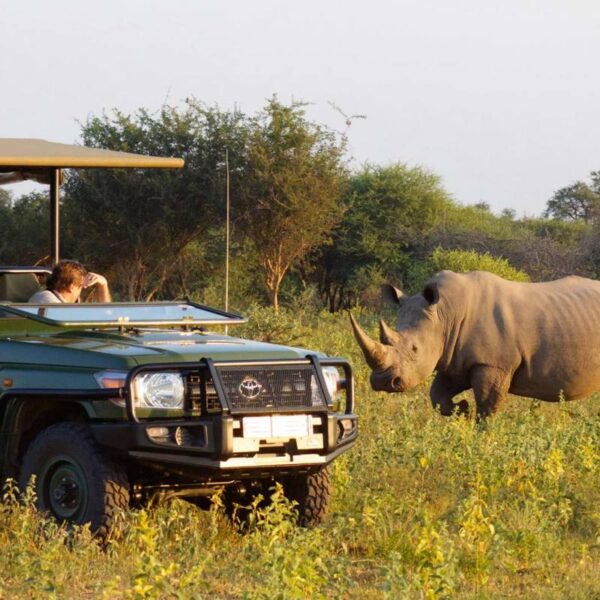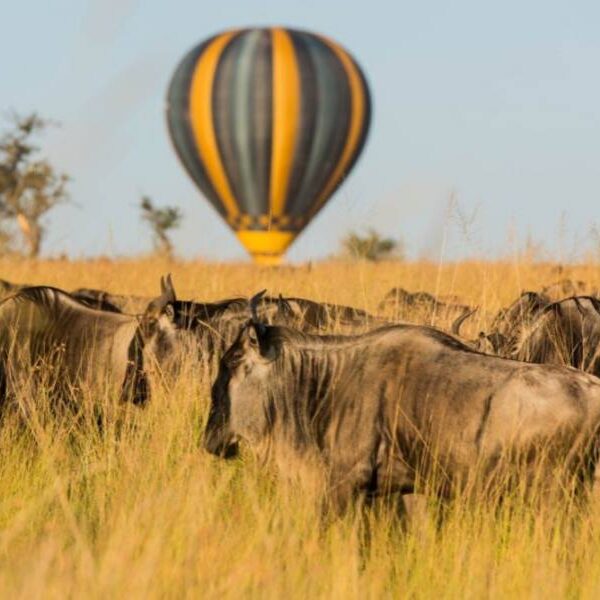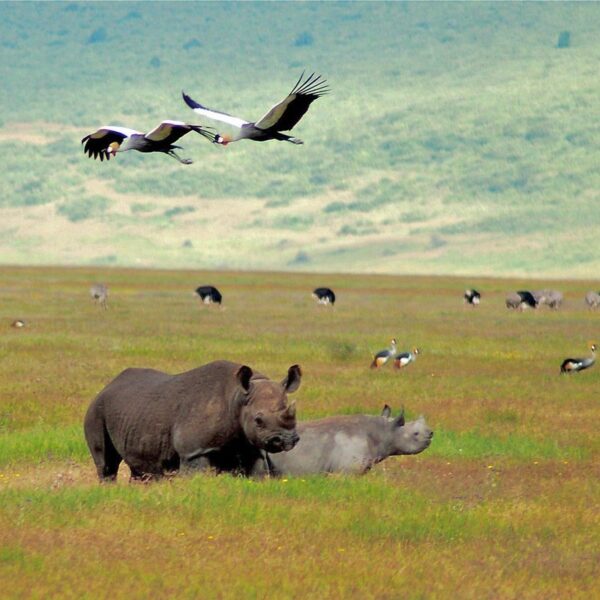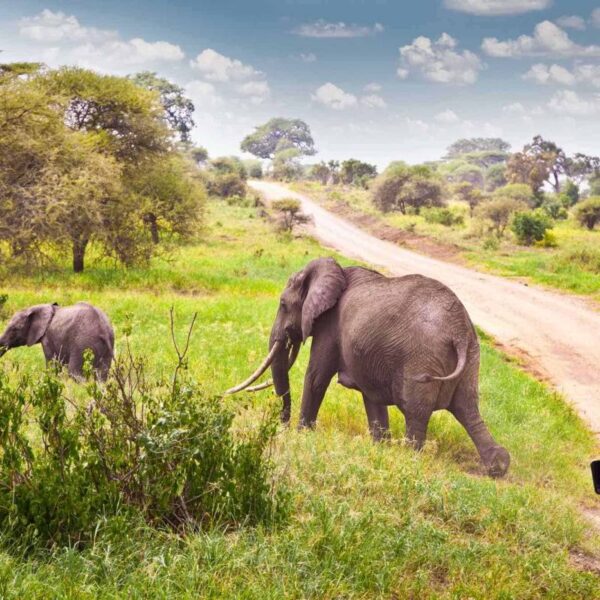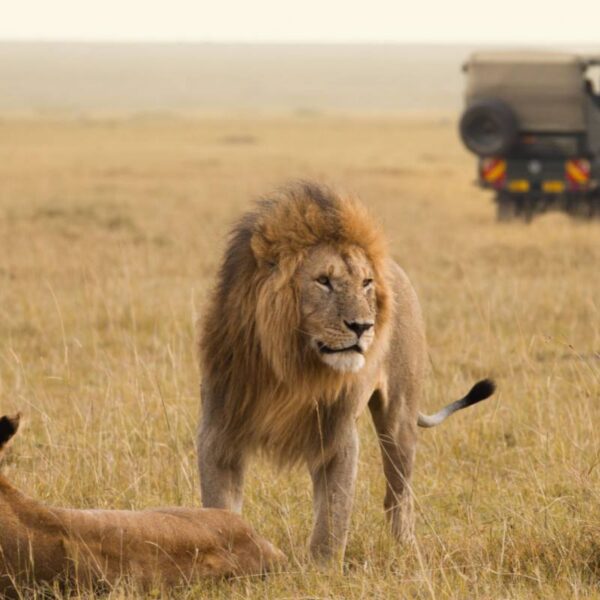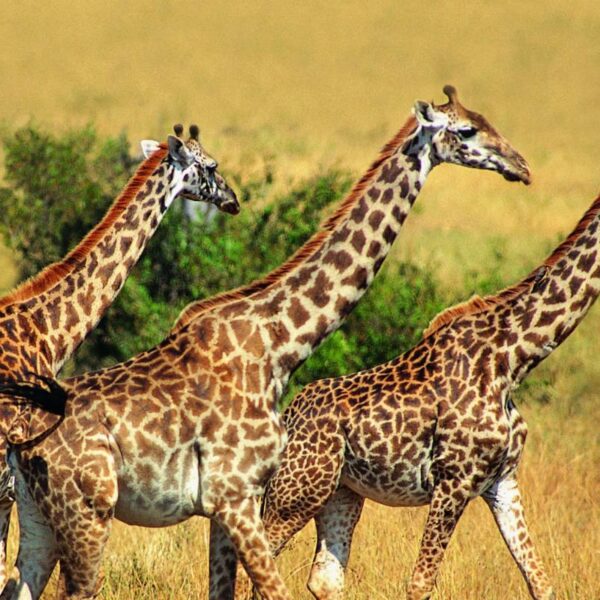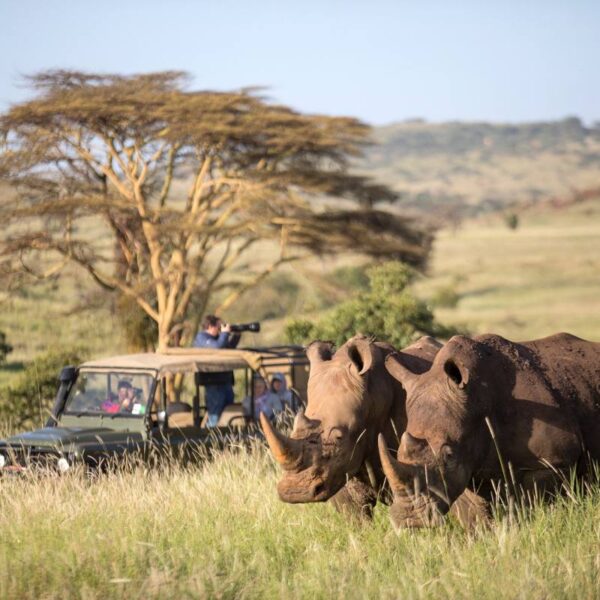Ngorongoro Conservation Area Authority has the largest unfloods and unbroken caldera worldwide. The Ngorongoro crater is approximately 20 kilometers in diameter, 600 meters in depth, and 300 square kilometers in area. However, Ngorongoro Crater is a breathtaking natural wonder. Ngorongoro Crater is also one of the most well-known locations in Africa and has the most excellent fauna density on the continent. Ngorongoro crater is described as one of the ‘eighth wonders of the world.’ Moreover, it guarantees excellent wildlife viewing in a genuinely mind-blowing environment.
The Ngorongoro crater floor consists of various vegetative habitats, including grassland, swamps, forests, and Lake Makat (Maasai for ‘salt’). It is also the most likely area in Tanzania to see the Black Rhino. Excellent opportunities exist to spot leopards, as well as magnificent black-maned lions. Additionally, numerous flamingos are drawn to the salty Lake Magadi.
Ngorongoro Crater additionally provides opportunities for Maasai village excursions that offer cultural immersion. Therefore, this is a part of the reason behind the Ngorongoro Conservation Area. So, it preserves the environment for the nomadic Maasai people who trek from the eastern Serengeti Plains. Nomadic Maasai construct makeshift settlements in the form of bomas, which are circular dwellings. There are now opportunities to visit a few of these locations, as the local inhabitants have permitted tourists to enter. These people have a great history as warriors. Also, they are no longer allowed to build villages inside the park and continue to herd cattle within the greater Ngorongoro conservation area. Moreover, they graze and drink, regardless of the predators nearby.

